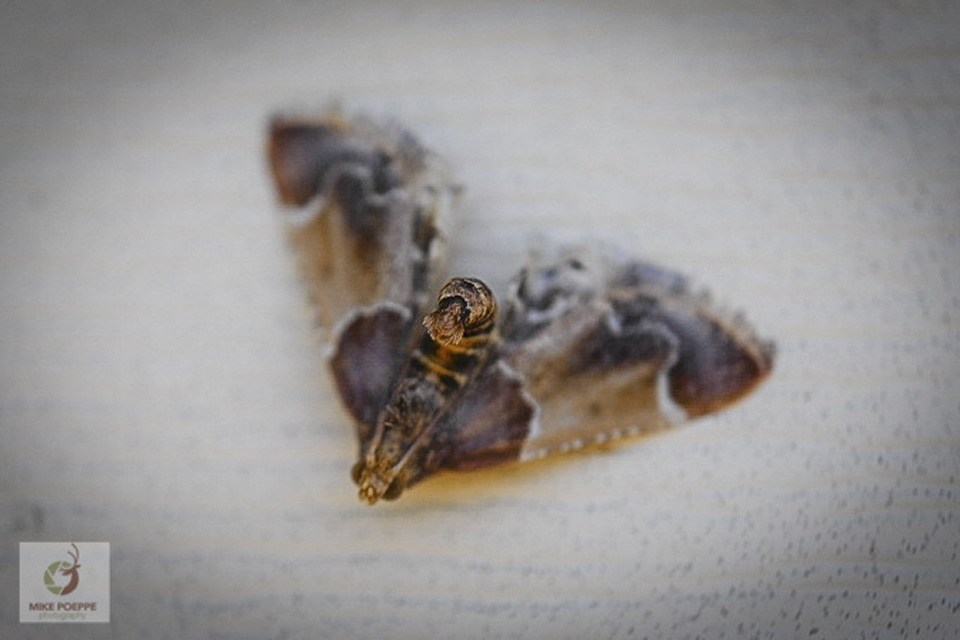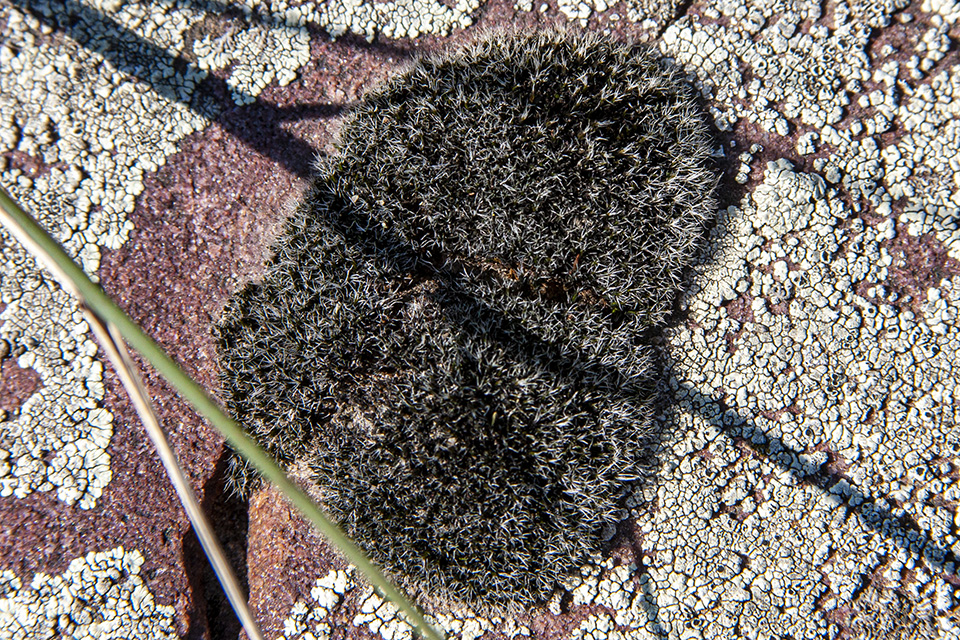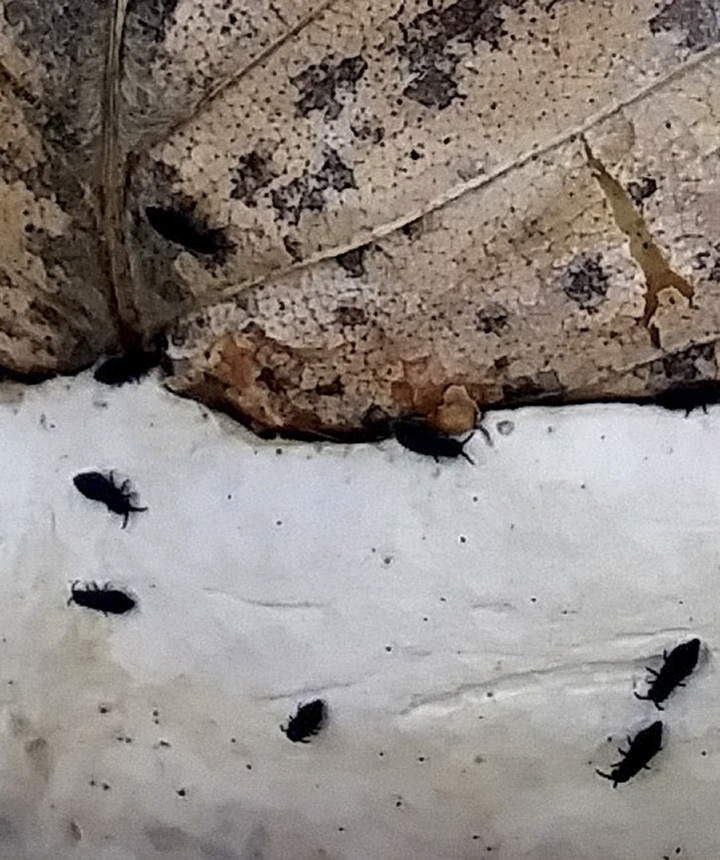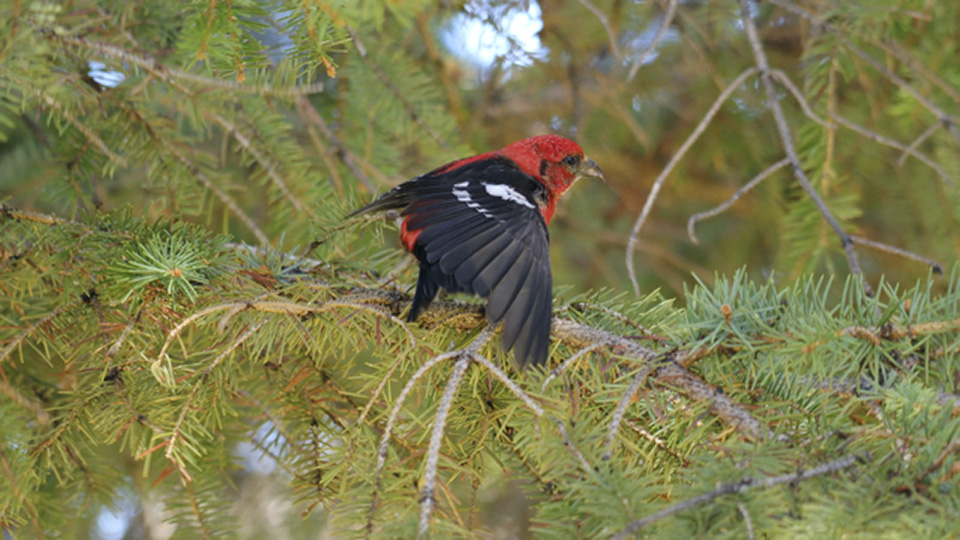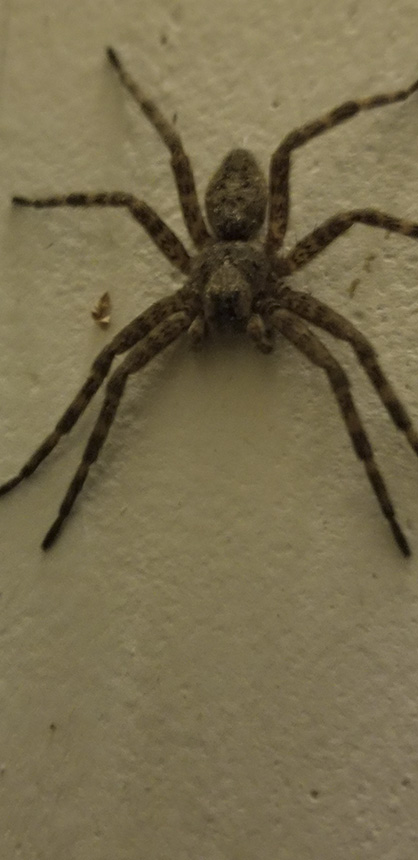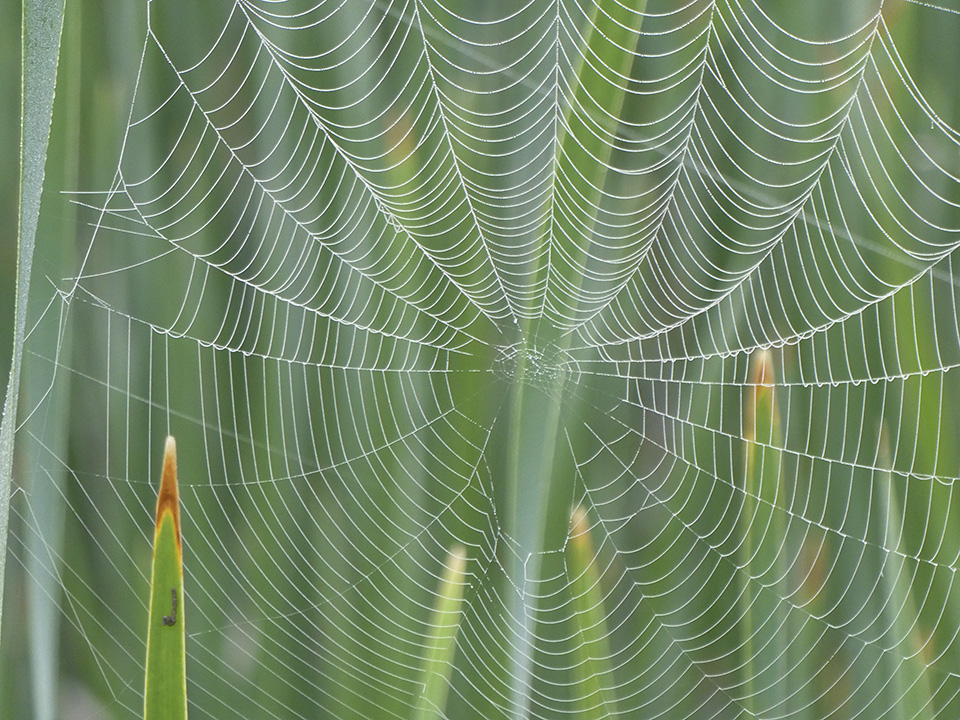
Araneidae is a large family of typical spiders known as orbweavers. It is the third largest family of spiders. There are 3,067 currently recognized orbweaver species in 177 genera worldwide, 180 species in North America north of Mexico, and at least 44 species in 16 genera in Minnesota.
Orbweavers are found in woodlands, fields, and caves; on grasses, shrubs, and trees; and on buildings and fences. They are best known for the circular webs, called orbs, that they build. The webs consist of a framework of non-sticky threads (spokes) extending from the edge to the middle, and concentric circles of sticky threads winding to the center.
Orbweavers are very diverse in size, shape, and color. They have eight small eyes in two rows. The lateral eyes are usually well separated from the median eyes. The median ocular area (MOA), the area defined by the middle four eyes, is in the shape of a trapezoid. The front part of the body (carapace) is smaller than the rear part (abdomen). The abdomen is large, rounded, and marked with lines, spots, or zig-zag patterns. The legs are short and spiny. The first and second pairs of legs project forward, the third and fourth pairs project backward. There are three claws at the end of each leg, though these are not visible without magnification. Females are much larger than males.
http://www.minnesotaseasons.com/Arachnids/orbweavers_Araneidae.html

